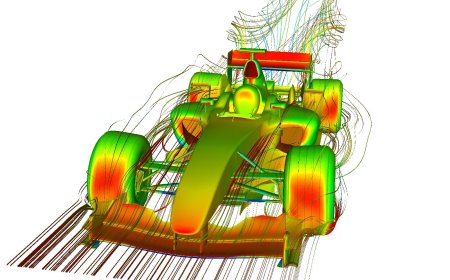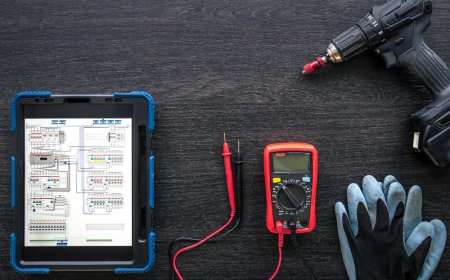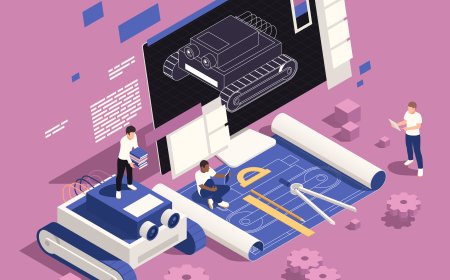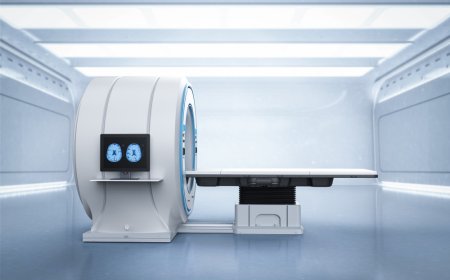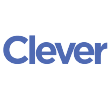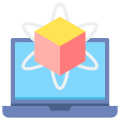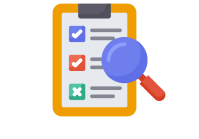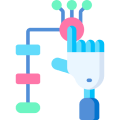- Learn essential bioinformatics methods for analyzing biological data, such as DNA sequence alignment, gene prediction, and protein structure analysis.
- Use virtual lab tools to simulate real-world scenarios in genome analysis and pathway mapping.
- Explore interactive tutorials on popular bioinformatics software like BLAST, protein databases, and molecular docking simulations.
- Model complex biological pathways in virtual environments to understand cellular interactions and metabolic networks.
- Analyze experimental data to determine relationships between genes, proteins, and biological functions.
imaginX is used by many amazing schools and universities
University / College

